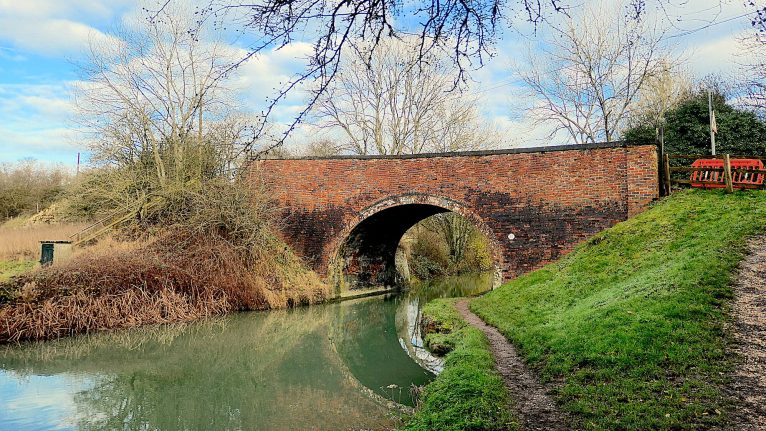Marine Biopolymers, the company behind it, argued that the dredging and processing of the kelp would be environmentally sensitive, create local jobs and contribute to the Scottish economy. But public reaction against the dredging proposal was strong and included a hefty petition and some superstar backers including Sir David Attenborough and author Alexander McCall Smith.
After a comprehensive strategic assessment the Scottish Government took the view that the risks simply outweighed the benefits.
At first glance this may seem like a local issue but harvesting the ocean – as part of a new global ‘bioeconomy’, based on exploiting the renewable resources on land and sea – raises important issues of biodiversity, climate breakdown, carbon storage, stewardship, restraint, conservation of natural resources and, the ongoing need for a less ‘anthropocentric’ view of the purpose of living systems.
Kelp forests are found in cool water environments around the world and are important for marine biodiversity. Their role in the food supply goes deeper than just edible seeweeds too. The plants support a wide range of invertebrates, fish and birds. Marine mammals like otters and seals hunt in them and they act as nurseries for the commercial fish we eat. Kelp as well as other seaweeds and sea grasses are also vital carbon sinks.
There is no agreed measurement of sustainability and the true ecological consequences of exploiting kelp habitats are not well evaluated. While kelp is resilient and can grow back, studies show that conditions need to be optimal. Indeed globally, kelp forests are under threat from climate breakdown and its impacts on our oceans.
While small-scale, artisanal, hand cutting or picking of wild seaweed has no significant adverse environmental impacts, over time industrial scale operations certainly will.
Advertising helps fund Big Issue’s mission to end poverty
Evidence from as far back as the 1990s suggests that kelp plants that regrow after dredging are smaller and weaker. In this state they continue to be useful – even beneficial – for industrial processing, but their ability to thrive and to support the same broad ecosystem may be compromised.
While dredged kelp may grow back within four to six years, it can take much longer for populations of invertebrates, fish and other animals to reestablish themselves. In some cases large populations of sea urchins, which naturally graze on young kelp shoots, can move in and their continual grazing may prevent full regrowth of the kelp.
There are impacts on local food webs as well. A 2010 Norwegian study found that kelp dredging resulted in lowered numbers of juvenile cod, which shelter amongst the kelp forests.
So is there a better way?
While some environmentalists believe we can save the oceans by farming them, others are more sceptical.
Groups like GreenWave believe that ‘regenerative’ principles, currently being applied in land-based farming, can also apply to seaweed and shellfish farming.
Advertising helps fund Big Issue’s mission to end poverty
In places like California and Israel entrepreneurs are growing seaweeds in land-based tanks. This is one possible approach and may be a sustainable for smaller-scale production. It remains to be seen whether scaling-up will prove sustainable.
While the Scottish vote was cast in favour of conservation over exploitation, pressure to harvest the kelp fields there and elsewhere will grow.
Marine Biopolymers clearly believed it was fulfilling a need beyond a fresh, exciting food source, for instance for bio-based body armour for the police and armed forces and for more slow-release drug delivery systems. But the Scottish Government’s move acknowledges that economics is not the only metric, and that there are still significant hurdles to overcome in the sustainable cultivation of seaweeds.
Pat Thomas is a journalist and author of numerous books, specialising in environment, health and sustainability.
Image: Nature Picture Library/Alamy Stock Photo









